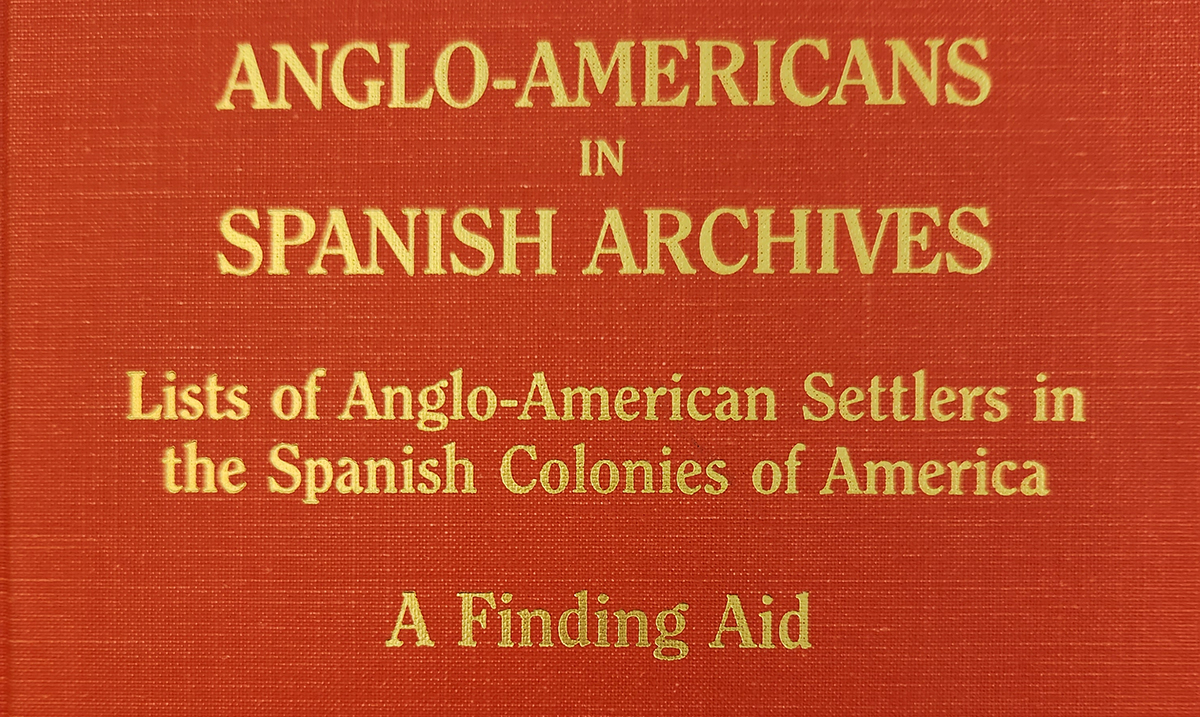Westward migration topic of Bostonian

“Family Tree” Weekly Newspaper Columns from The Dallas Morning News – 1991-1996, by Lloyd D. Bockstruck, page 18.
In the 19th century, John Patterson enjoyed posing the following geographical puzzle based on his life. “I was born in a kingdom, reared in an empire, attained manhood in a territory, and now a citizen of a state, and have never been 100 miles from where I now live.” Mr. Patterson was born a subject of the King of Spain, reared as a subject of the Emperor of France, resided in the Louisiana Purchase, and lived in Arkansas. Residents of North America whose ancestors lived in the areas ruled by the Spanish and Mexican governments can correctly identify themselves as being of Hispanic descent today. Moses Austin, for example, became a Spanish subject when he left Virginia and moved across the Mississippi River into Spanish territory. Other colonists came under Spanish rule because of conquests such as that in Natchez, Mississippi, which fell to the Spanish in 1779.
Lawrence H. Feldman in his new book [1991], Anglo-Americans in Spanish Archives, Lists of Anglo-American Settlers in Spanish Colonies in America, A Finding Aid, provides access to a significant body of genealogical and historical data that was previously inaccessible. He has investigated Spanish settlements at Mobile, Alabama; Pensacola and St. Augustine, Florida; Baton Rouge, Louisiana; Natchez and Nogales (Vicksburg), Mississippi; and New Madrid, Missouri. The Spanish were meticulous record keepers, creating census reports, tax lists, militia rosters, and lists of landowners, slave holders, and naturalizations. Eventually, Spain transferred her holdings to the United States so that the first European colony on the Atlantic Ocean of our country, Florida, was the last state on the Eastern Seaboard to enter the union.
The author examined records of the Archivo General de Indias in Seville as well as other Spanish repositories. Mr. Feldman has listed about 7,000 names in tabular form and arranged them by state.
The Central Dallas Public Library has a copy of this book in the 8th-floor Genealogy Section.
